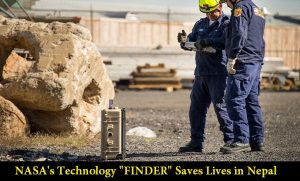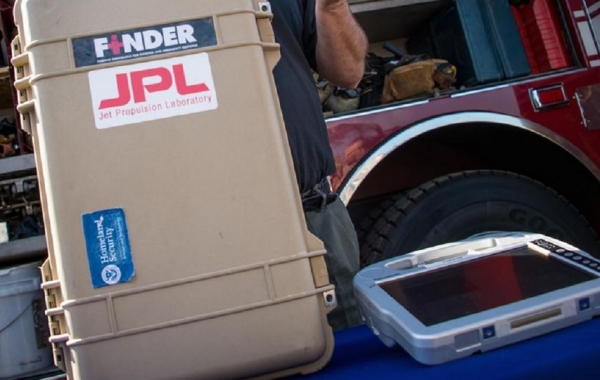
NASA’s Heartbeat Detecting Technology Saves Lives in Nepal After Earthquake
NASA’s heartbeat detection technology has helped to save lives of people after the recent earthquake in Nepal. Searching for victims who are still alive underneath the fallen debris and rubble making it difficult is difficult. The Heartbeat detecting device has been used for saving lives. The devices is in the size of a briefcase and weighs only about 10 kilograms.

Its very hard to find people buried under several feet. NASA’s heartbeat detection technology has made it possible for saving life of people. They have saved life of four people those buried. Radar waves helped search and rescue teams detect the heartbeats of survivors trapped in collapsed buildings after the Nepal earthquake, according to NASA.
NASA’s FINDER Saves Lives in Nepal After Earthquake :
This heartbeat detection technology was developed by the department of homeland security is aptly called FINDER. FINDER means ‘Finding Individuals for Disaster and Emergency Response’ This devices can detect human heartbeat buried under debris about 30 ft. (~9m) thick or solid concrete about 20 ft thick. It can even detect human heartbeat about 100 feet long in open space. This special features enabled then to save human.

Suitcase-size device that detects human breathing and heartbeats with microwave radar signals. “I’m very gratified that it did its job – it’s the first time that Finder’s ever been used in an actual disaster situation,” James Lux Finder’s task manager at NASA’s Jet Propulsion Laboratory. This new device to not only provide confirmation of a heartbeat. It also provides the approximate location of trapped individuals within about five feet, depending on the type of rubble.